Amrei Vogel from Germany was the force behind a project that improved the life of the children and teachers of the Chasey Kengtse Hostel. It is a part of the boarding school in Lubra, a village in Mustang where Bönpo communities had settled. Thanks to considerable funding from the German government that she administrated, the boarding school got a new kitchen, dormitories, a reading room, and a green house. The teachers were provided with training in modern pedagogical methods. This is Amrei´s account with more details.
Nepal is a very special for me, I feel a close connection with many places and people there. The school in Lubra which is a small village in Mustang, has existed for a long time. In the past, villages in Mustang probably all had their own tiny schools, but for practical reasons, later some schools started serving more villages. Boarding schools are very common in the mountains of Nepal, because villages are very far from each other. To give an idea: the closest village from Lubra is a two hours walk.
In the 1970’s or 1980’s the tibetologist Charles Ramble visited Lubra for his research. By the way, all the research about Bön culture in this village refers somehow to him. Having become familiar with the local community he also looked for support in the West and, as a result one big sponsor has been helping the school financially since then. It is a steady rock the school can rely on. A French organization called Club Tibet also helped greatly. When I first got in contact with them, the school could count on them too but more was needed. In the earthquake of 2015 one of the buildings of the school collapsed. I was in Nepal at that time and after my return to Germany I looked for ways to get further help to them.
Beside the Panda Khola river, between Jomsom and Kagbeni at an altitude of about 3,000 metres, lies the little village of Lubra (also spelled Lubrak or Lupra). The name means “the cliff (brak) of the serpent-spirits (lu)”. It is the earliest surviving community of the Bon religion in Nepal, and the only Bonpo in Mustang. This gives it special cultural importance. There are no monks in the community, but only married householder-lamas. The Bon religion is intricately interwoven with folk rituals and ceremonies. Since Lubra is a small village, most children come to the school from neighboring villages. Not only Bonpos, but also Sakya families and even some Hindu families send their children to the school.
I found out that it was possible to get funding from the German Federal Ministry for Economic Cooperation and Development. In Germany, beside my studies, I work as a programme manager at the International Department of Humboldt-Universität. I have learned a lot about project management, organising, and such things. It feels natural to use those skills for the benefit of the Yungdrung Bön sangha and tradition.
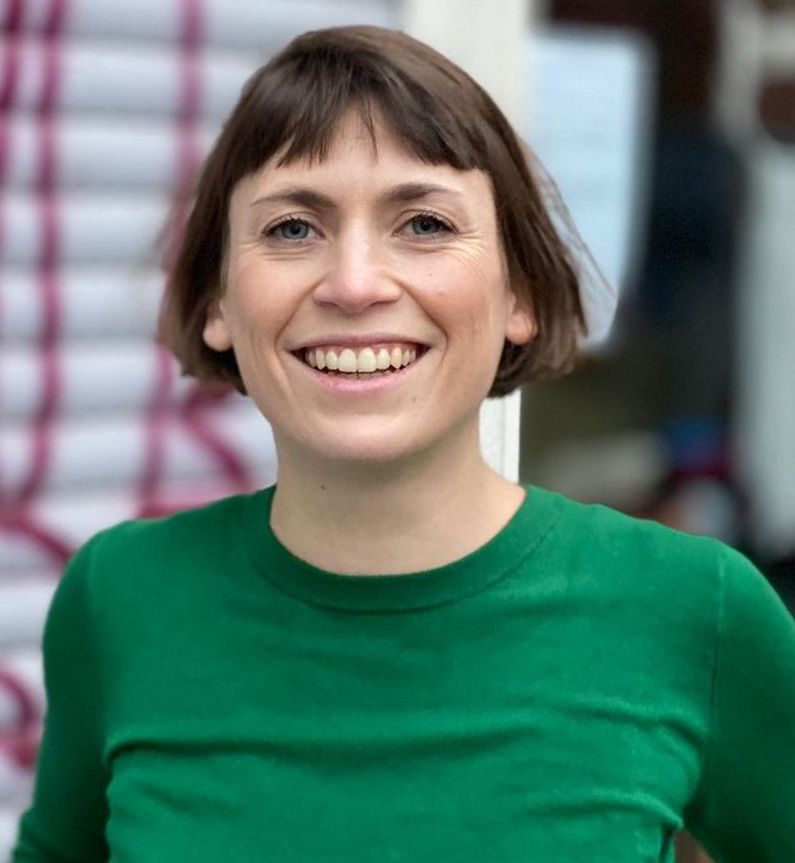
I attended seminars about how to apply for this funding, because it is quite complicated, but it eventually worked. We received a grant of 127,000 EUR for a three-year project which started in 2017 and was concluded in 2019. Of course, they do not give you the money just like that. It requires thorough planning and tangible results. The criteria were quite strict and the project had to be sustainable. We did not get money just for building a house.
The Nepalese NGO Mustang Bön Action was established as the official organization of the project, and Charles Ramble was involved through the Kalpa Group, an organization that he had founded to support of Bön worldwide. On the German side, I worked on behalf of the foundation Yungdrung Bön Stiftung (YBS), because I could not apply for grants as a private person. By the way, the YBS got the same governmental funding for the medical school at Triten Norbutse, many years ago. That means that we were already in the files of the government and there was some evidence that we could carry out the project, that we are reliable. That’s why we were also eligible to apply for a higher amount of funding. So, officially it was a collaboration of YBS and Mustang Bön Action. On the German part it was me and on the Nepalese part, it was mostly Kemi, a friend originally from Lubra who worked as the project onsite manager, and Namgyal, the headmaster of the school who is responsible for the accounting of the Chasey Kengtse Hostel – the boarding part of the school.
more videos here , in our Youtube channel
Chasey Kengtse Hostel is separate from the classroom buildings, they are actually on two different hills. While the boarding part of the school is run as a private hostel, the school itself is partly governmental. That is why there are teachers appointed by the Nepalese government and others which are employed privately. A monk from the Triten Norbutse is part of the teaching staff.
Chasey Kengtse Hostel was founded by Mustang Bon Action and is associated with the governmental school in Lubra. It’s an important establishment of education and the preservation of culture in Mustang. Before it opened in 2002 there had been a growing demand of Bonpo families in Mustang for a school where children could receive a high standard education and learn about their own religious tradition and the native culture of Mustang. From nursery to class eight, the students are taught in all common subjects of the Nepalese school system, such as mathematics; Nepali language; science; social sciences and English. Tibetan language and cultural events in the village, such as dances and rites and festivals complete this education. Students have half an hour of prayer time in the morning and in the evening, and they usually read prayers of the Yungdrung Bon tradition..
What did the project include? We rebuilt the damaged building of the hostel, adding some new parts, including bedrooms, bathrooms and a new kitchen. Before, the kitchen was just a hut with a fire. Now the school has a proper kitchen using either gas or a wood fire. We also built a greenhouse, a building with stone walls and a transparent roof. The sun is strong there, as is the wind, so when plants are protected from the wind they grow well. With the green house, the school is able to grow vegetables. Families in the village have their own tiny gardens, but they cannot provide food for 80 children and 20 teachers.
The third part of the project was the teacher training. For this, we worked with the Rato Bangala Foundation from Kathmandu. Their approaches and methods are advanced and useful for Lubra. The training provided the teachers with some notions of children-centered teaching and active learning, teamwork etc. For one part of the training, teachers went to Kathmandu, further parts took place in Lubra. Teachers were taught techniques for using the natural environment in teaching. I remember that children were learning about natural elements and teachers told them to go out for an hour and come back with something which would represent an element. Simple and effective. You can teach mathematics outdoors too, students were measuring the school building, for example, and it was a joy both for them and for teachers. They learned how to invent little games that make learning fun and in the end the teachers told me that they enjoy teaching more than before.
For five years, I spent several weeks each year at the school where I was in daily touch with the life of the children and adults. I learned a lot in all those years – about education, life in the mountains, and humans. I mostly stayed with the children and simply spent time with them. I engaged with them, observed and listened. This is how I learned about their needs and wishes.These observations are powerful. A simple example: I noticed that the smaller kids were so tired in the evenings that theyrested their heads on their arms and slept instead of doing homework. Others were running around, disturbing older kids who were trying to focus on their studies. Reflecting on this issue with the teachers, we decided to change the daily schedule; we introduced more breaks during the day and different bedtimes according to the age groups. Smaller kids went to bed earlier so that the bigger kids would have the silence necessary for studying. It was an improvement for everyone. And it was so simple, it did not cost any money, what was needed was just being there and seeing what was happening. The whole project developed in similar ways – all started from observing, listening, discussing.
In 2019 I organized a Yungdrung Bön pilgrimage for sixteen practitioners from Germany, Austria, and The Netherlands. On that tour, we spent some days in Lubra. Just at that time, the village and school community organized a beautiful, memorable opening ceremony to conclude the project.
I’m very happy to see how the Chasey Kengtse Hostel is developing and the kids and teachers are living together in such a healthy natural and social environment.
(The pilgrimage that Amrei organized will be covered in another article. “Before the pandemic, my plan was even to offer pilgrimages every year – and I haven’t given up on that dream yet,” says Amrei.)
Travelling to Lubra: there is a direct bus from Kathmandu to Jomson. If you start your journey in the afternoon, you will arrive in Jomson in the next morning. From Jomson, it is approximately two hours walk to the village. The road is not very comfortable, so it is preferable to take a bus halfway to a junction and then walk for another hour.
Bön in Nepal by Khenpo Gelek Jinpa opens a window onto the lives of Bönpos in Nepal today, gracefully combining khenpo’s personal diary with his meticulous research to provide the reader with a moving yet accurate account. By matching scriptural texts and historical documents with family histories and local folklore, Khenpo Gelek is able to pinpoint several important sacred sites previously lost to us. This book also contains a wealth of information on monasteries, ngagpa centres, family shrines, lineages and rituals regularly performed today in the Bönpo enclaves.
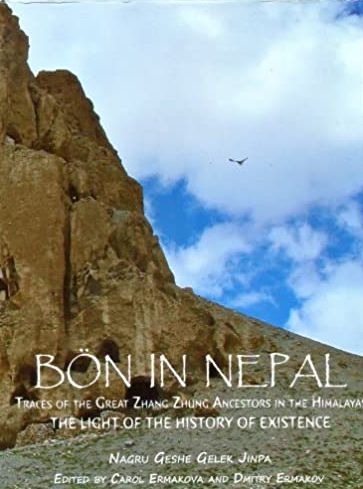
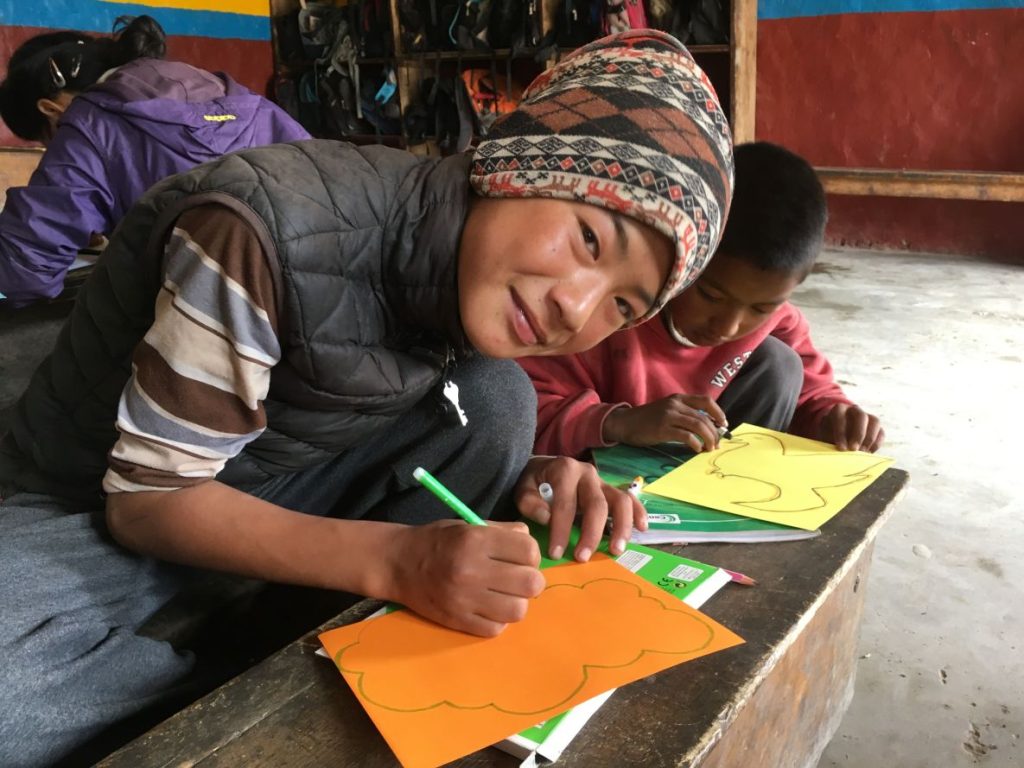
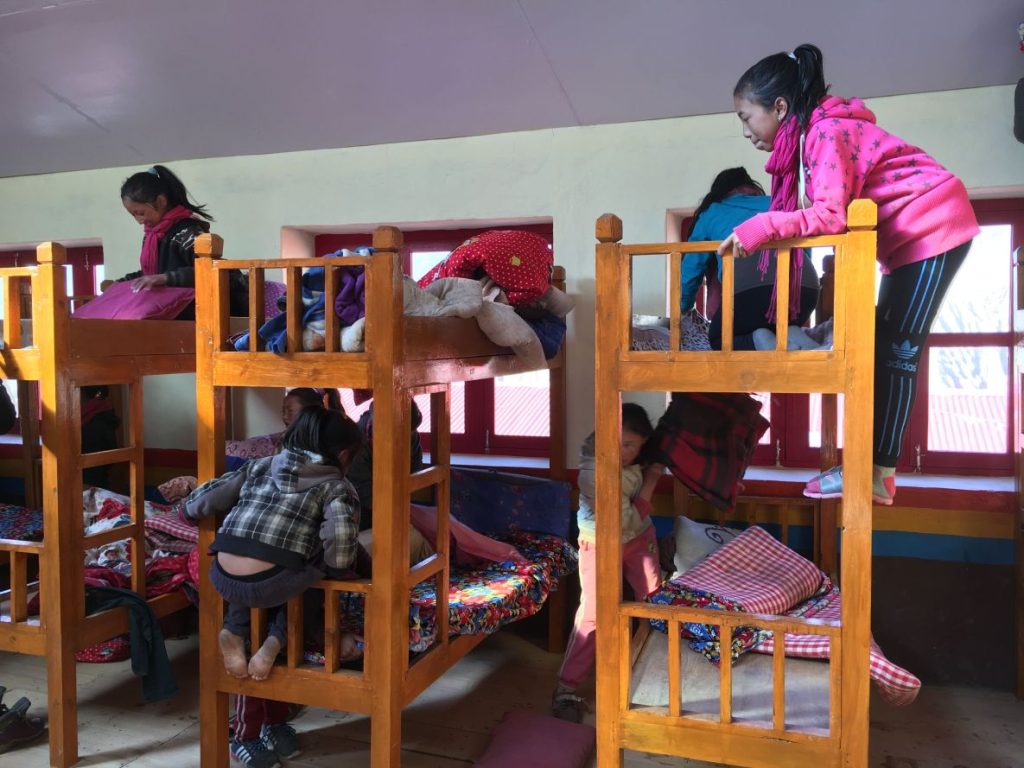
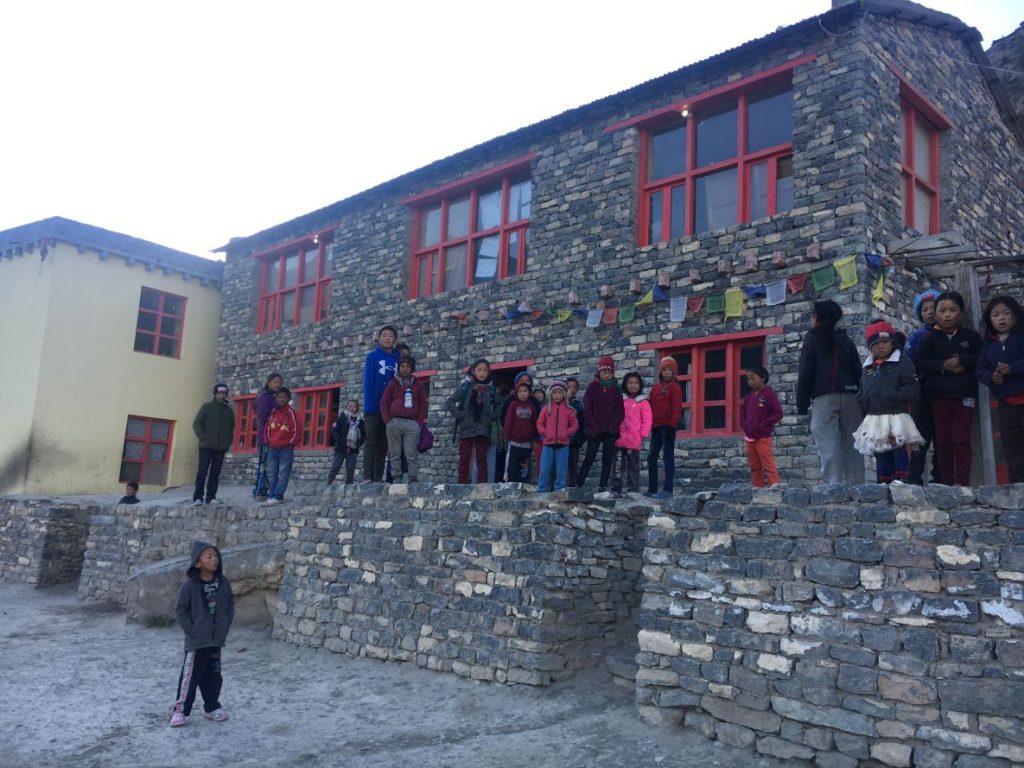
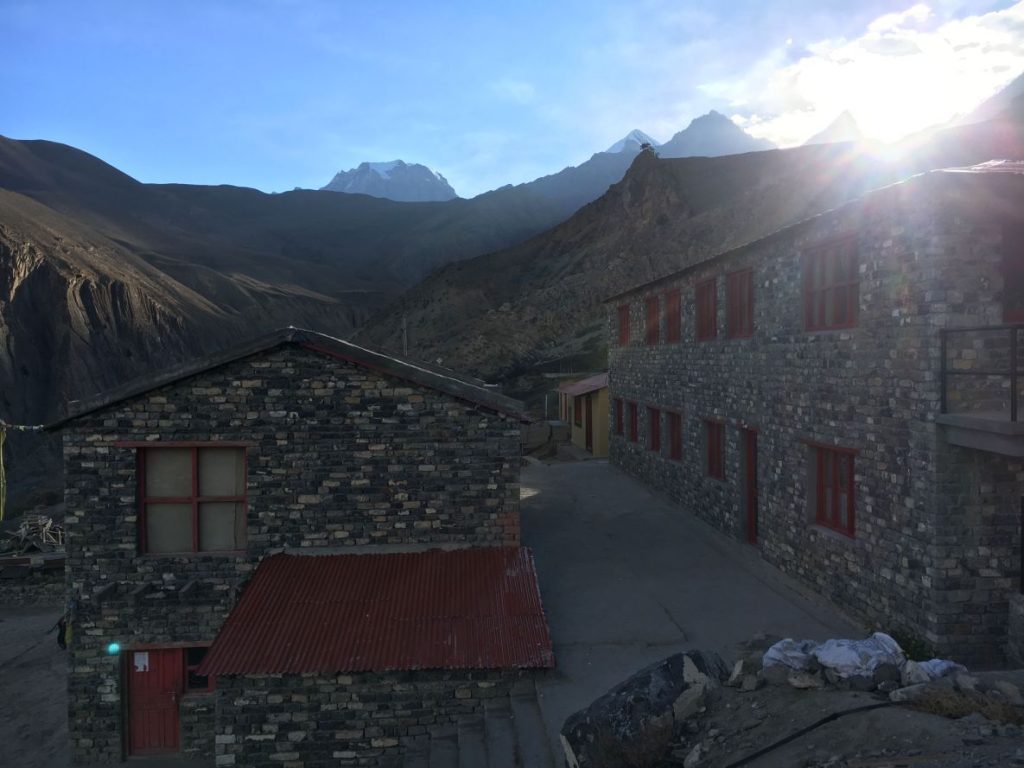
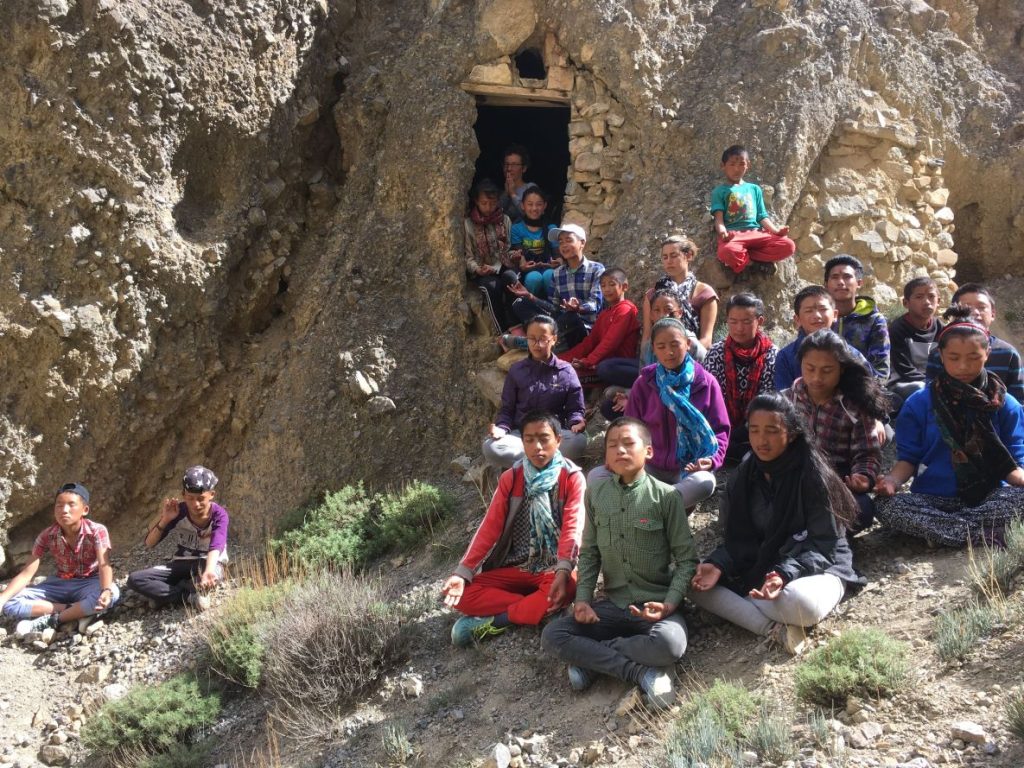
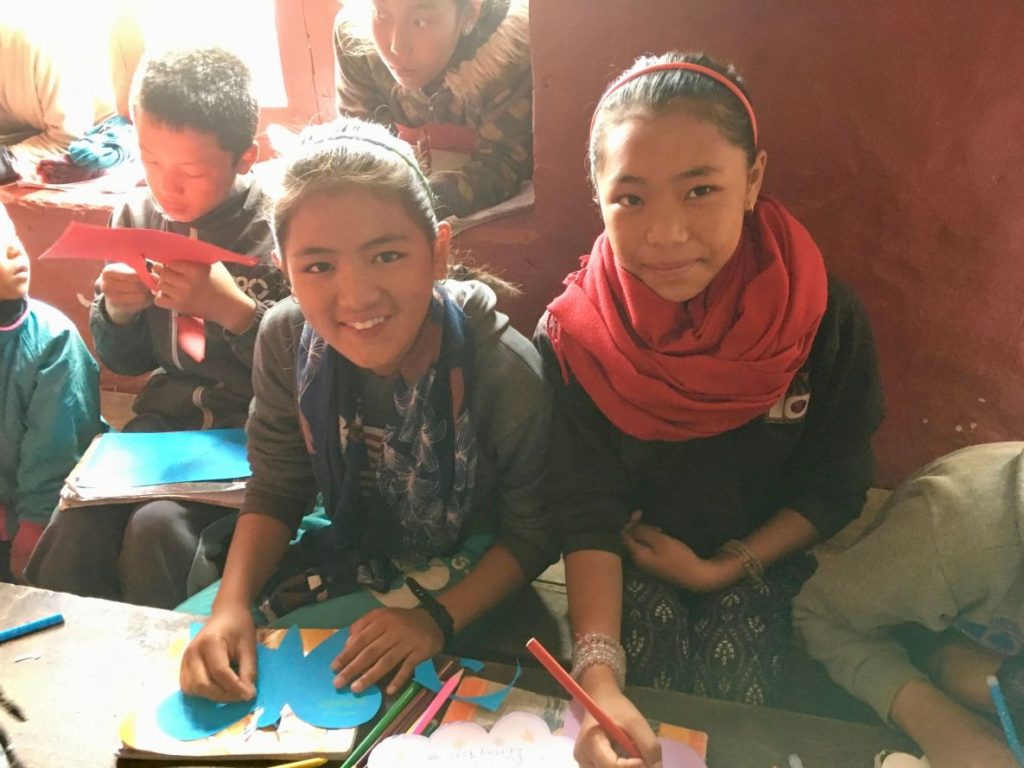
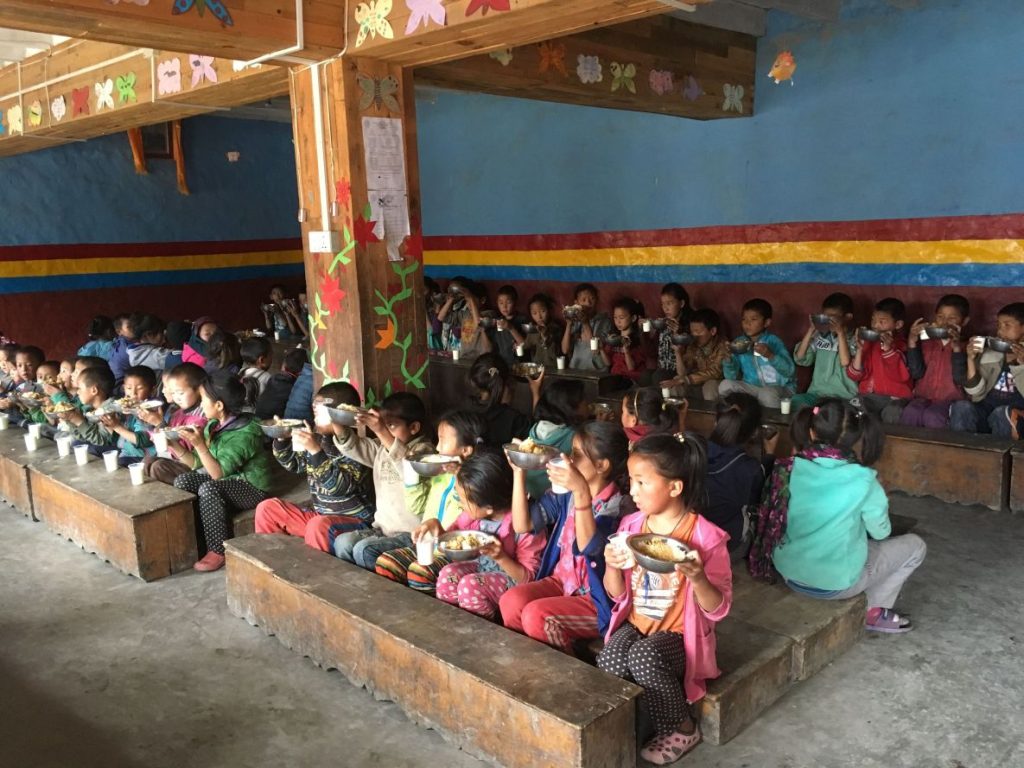
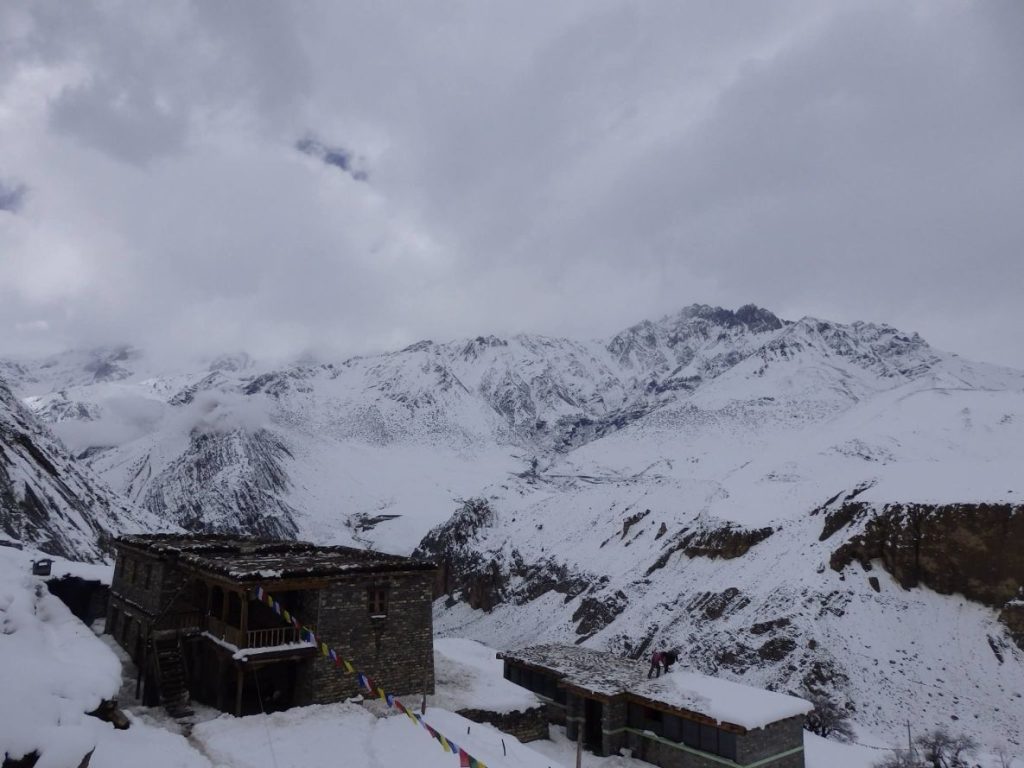
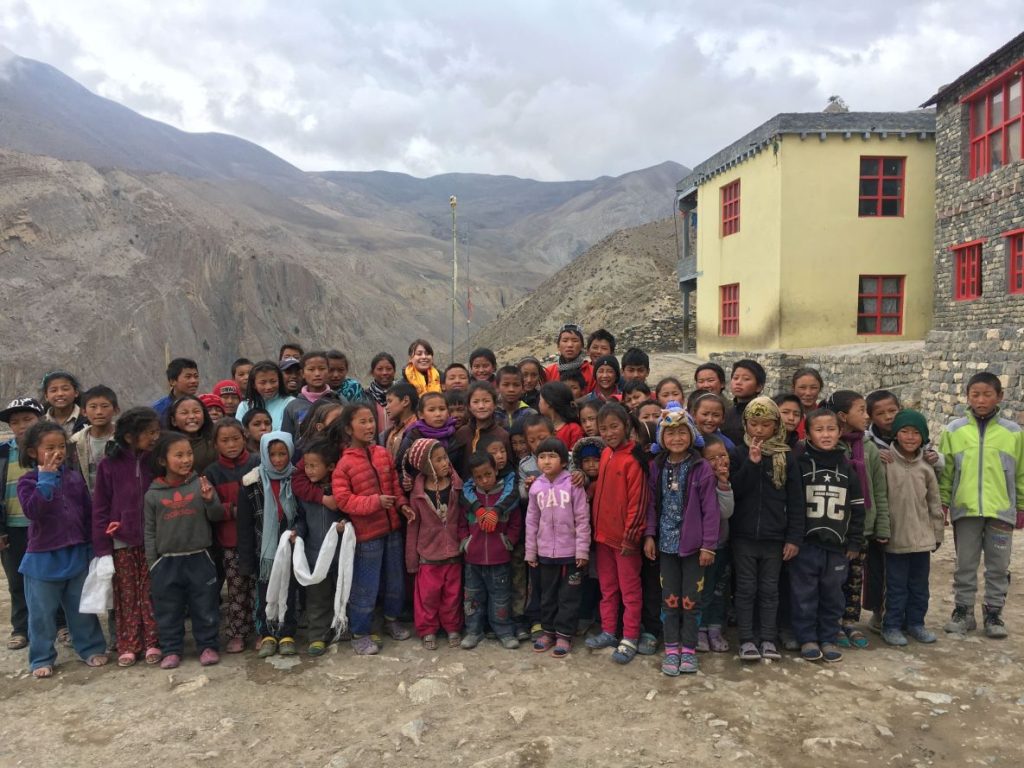
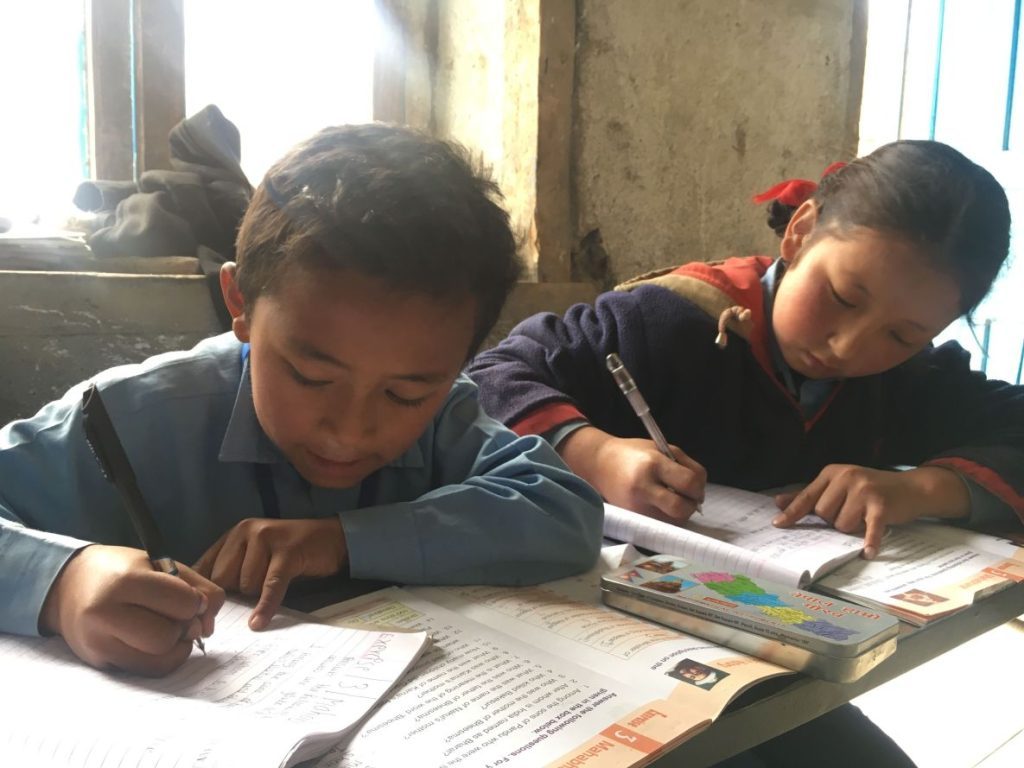
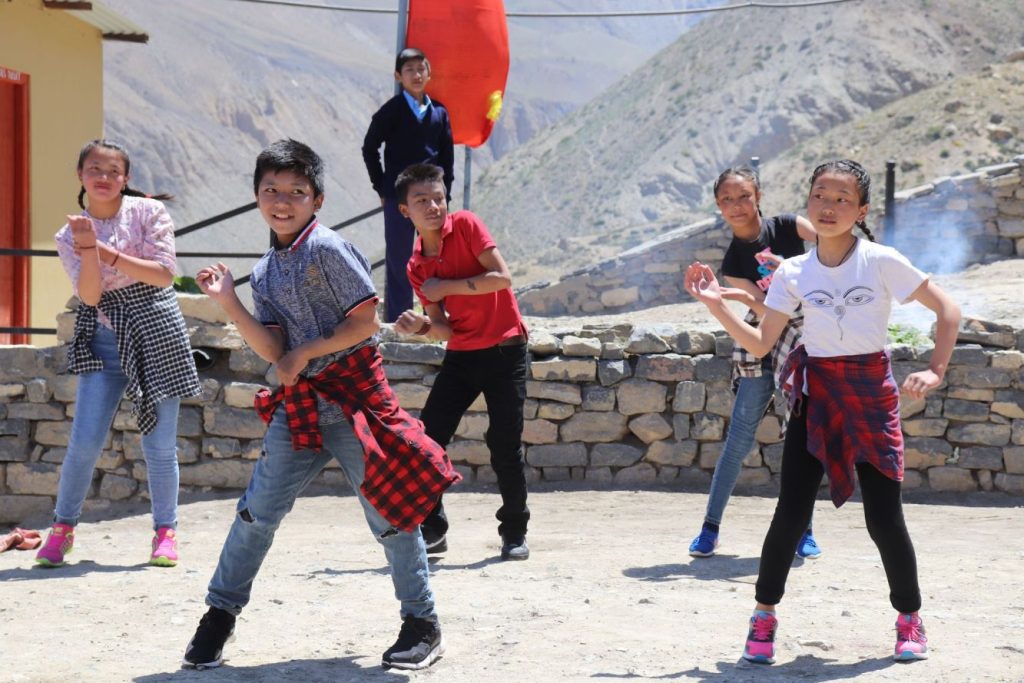
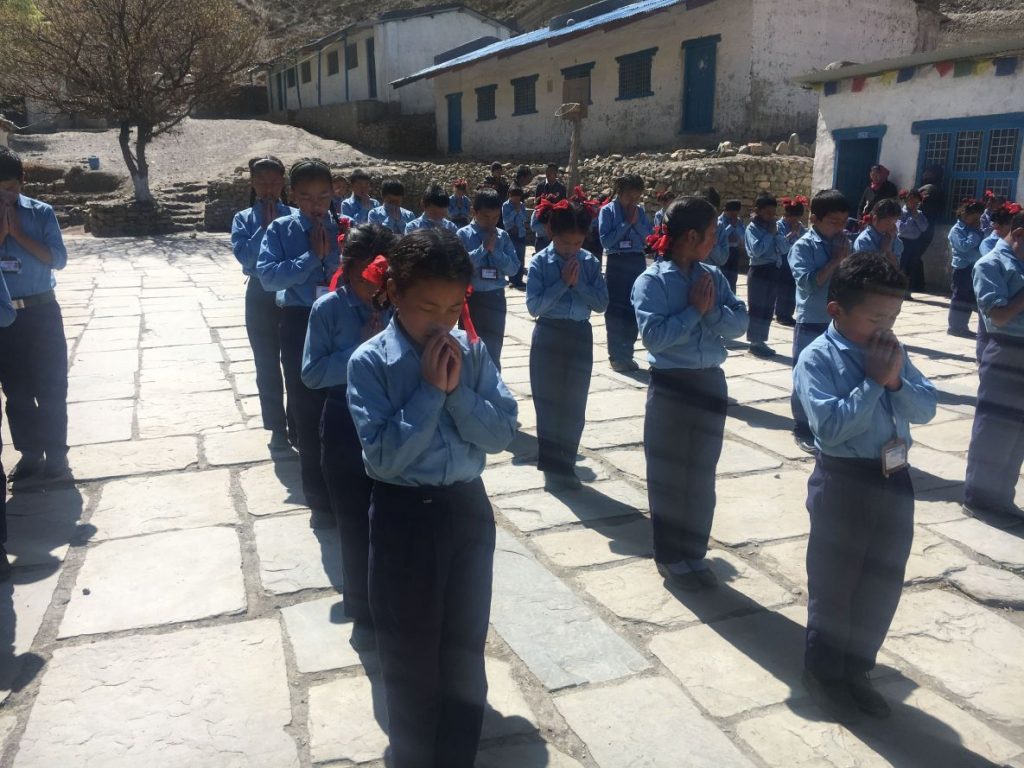
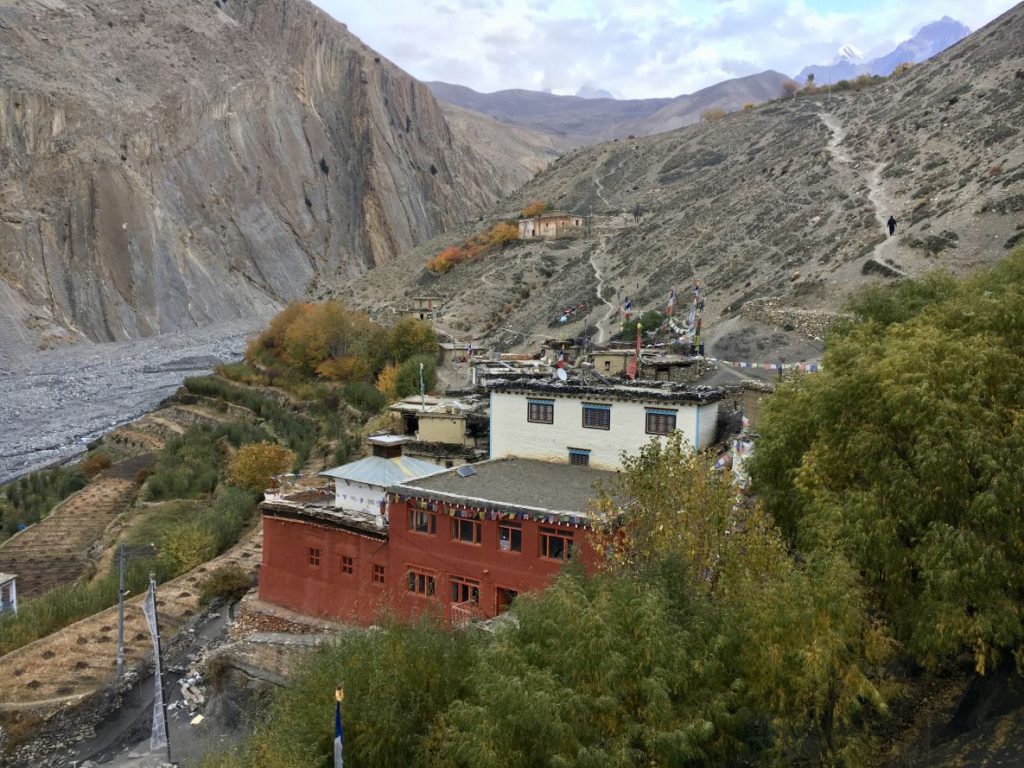

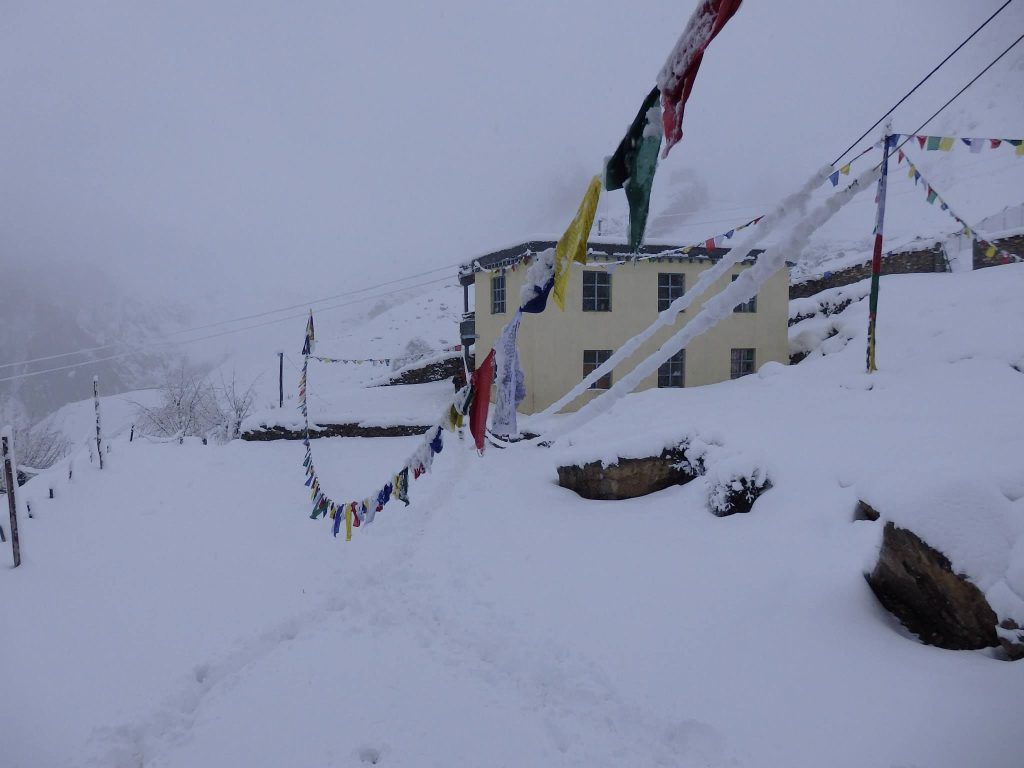
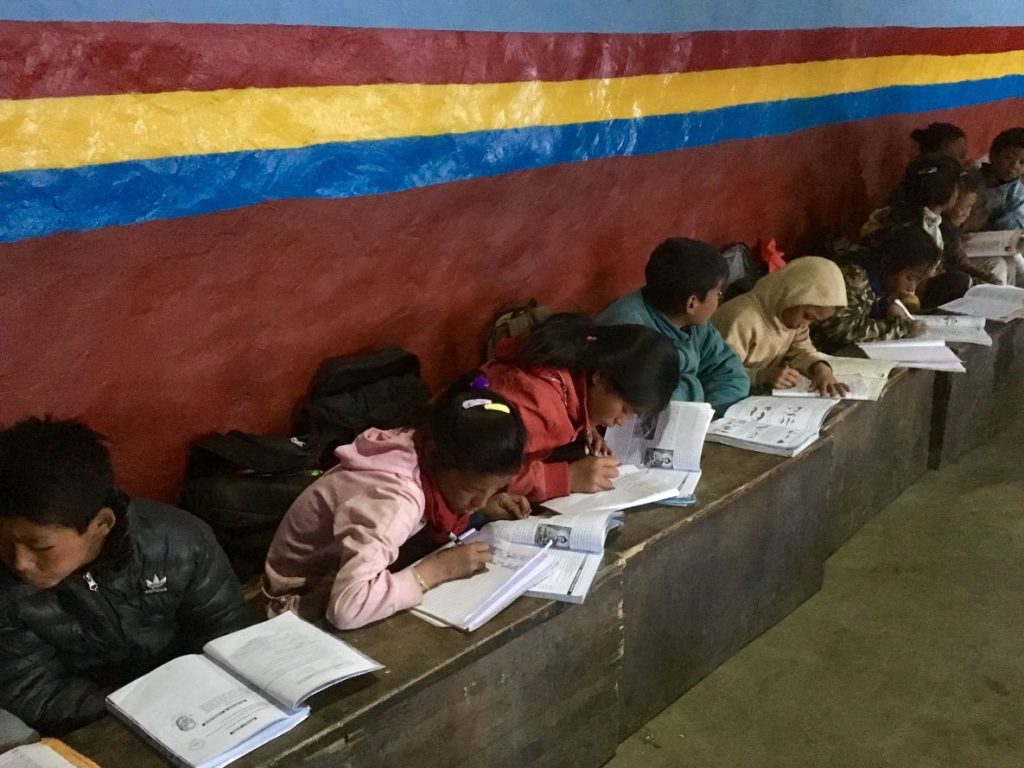
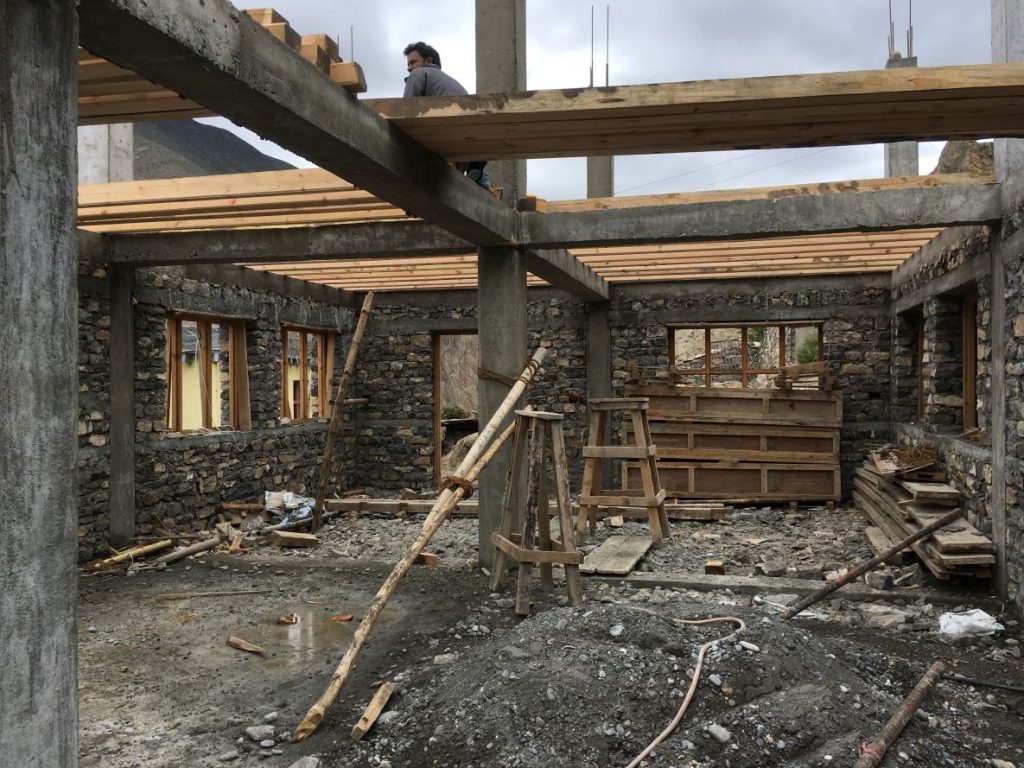
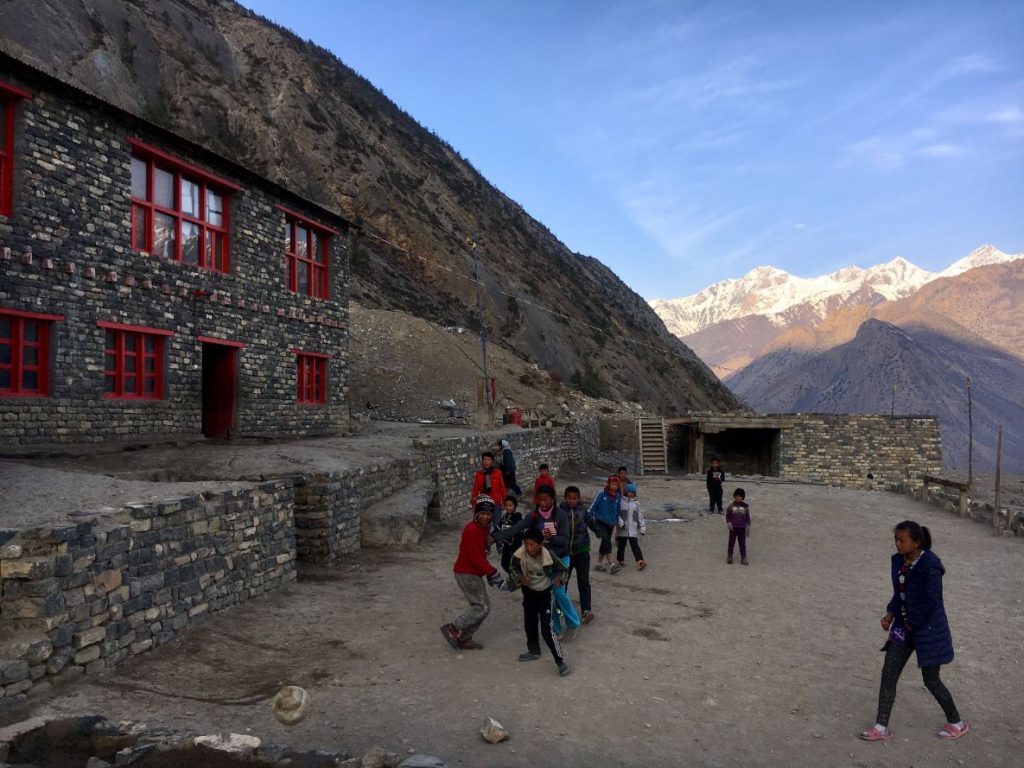

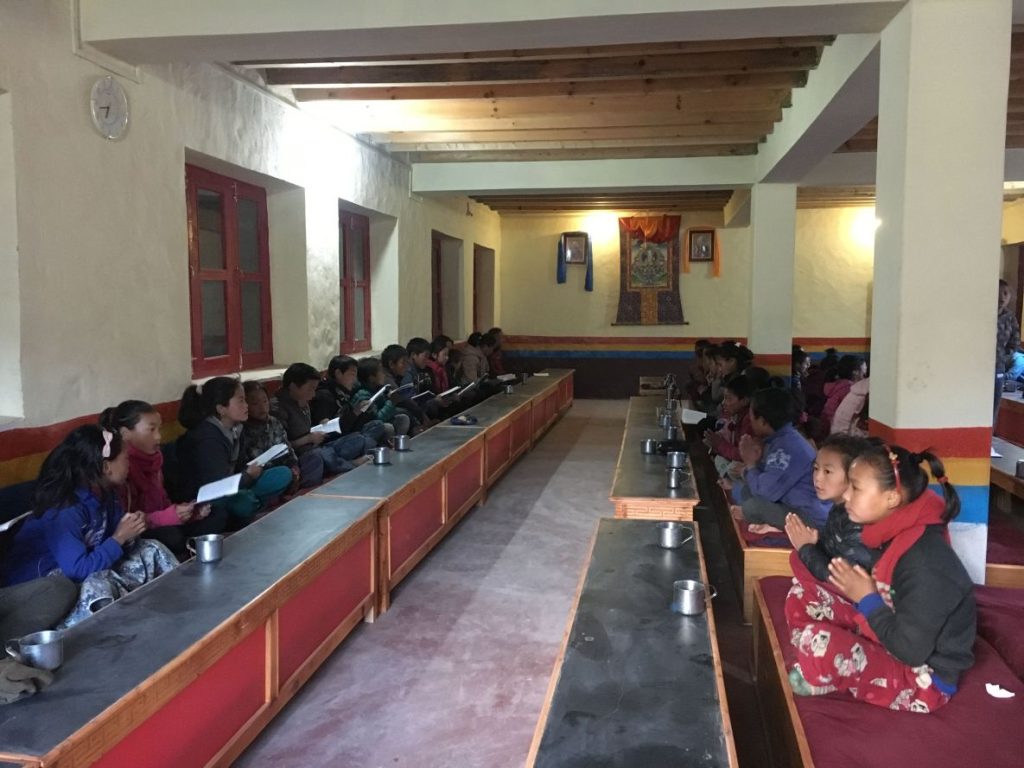
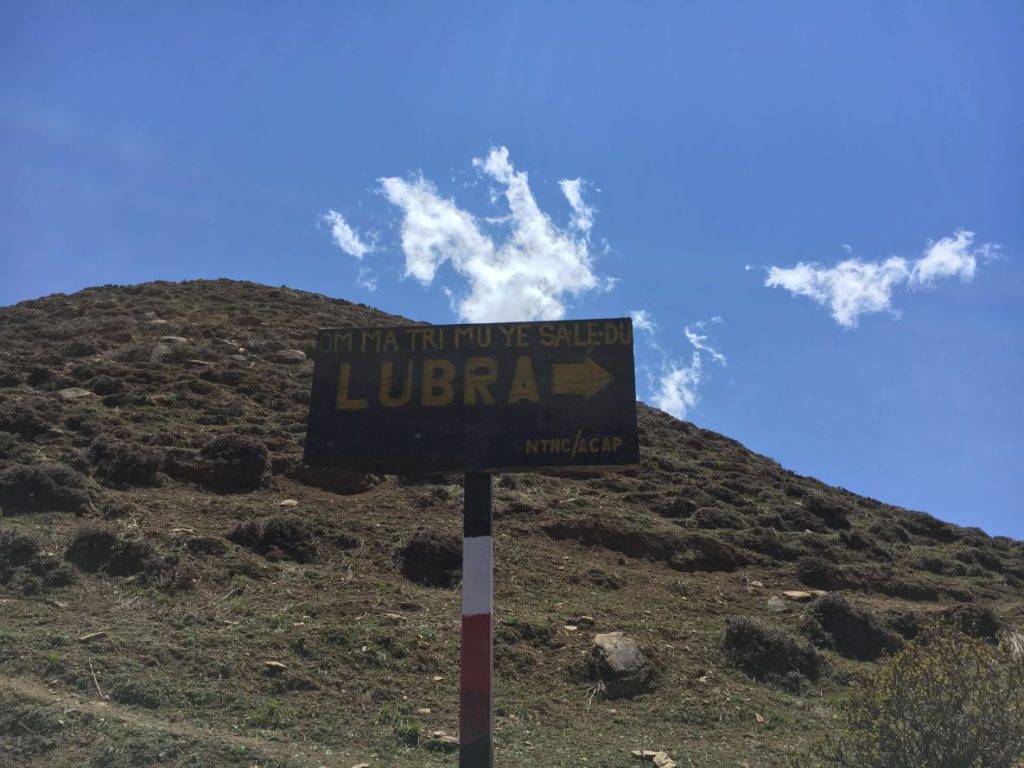

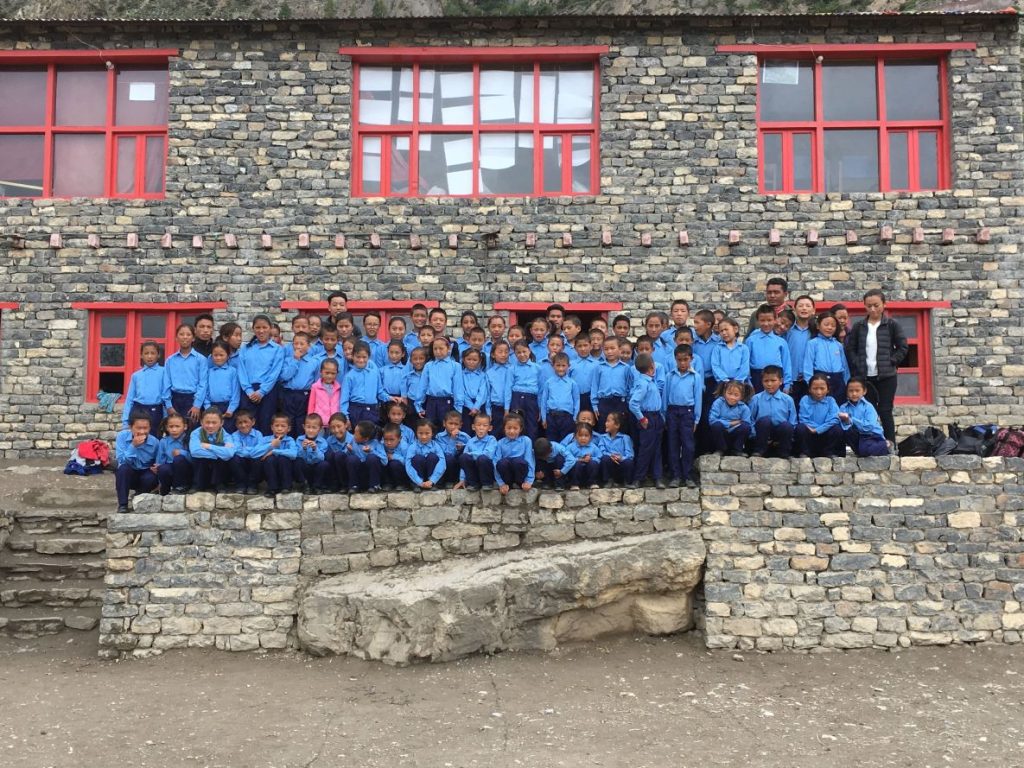
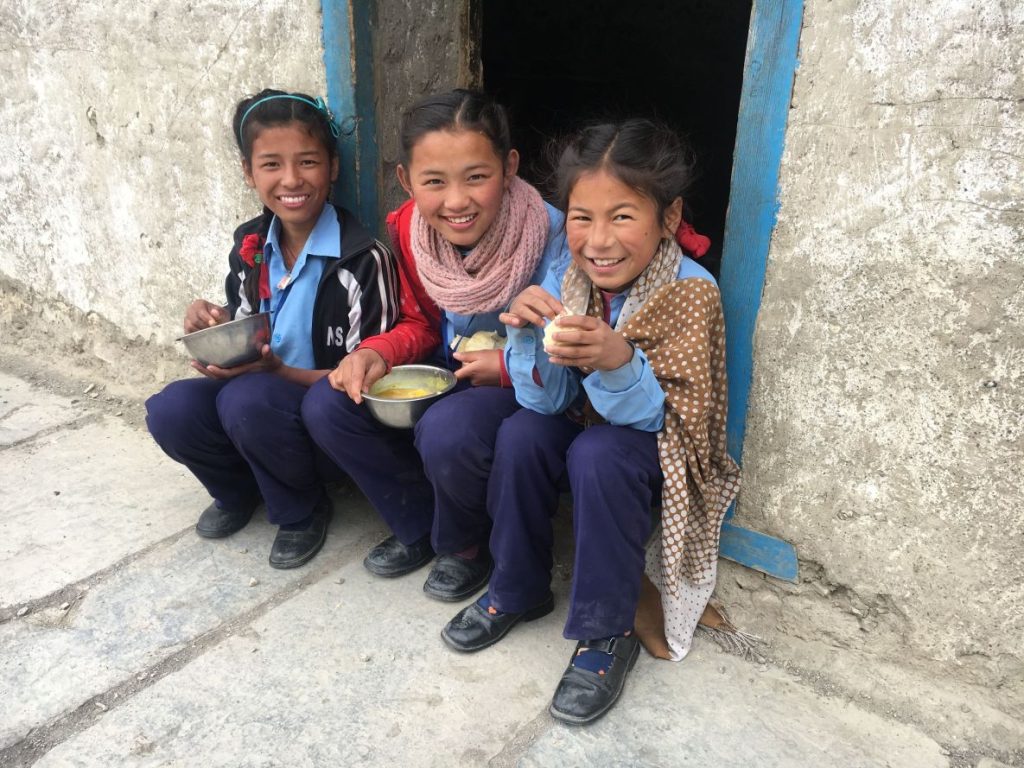
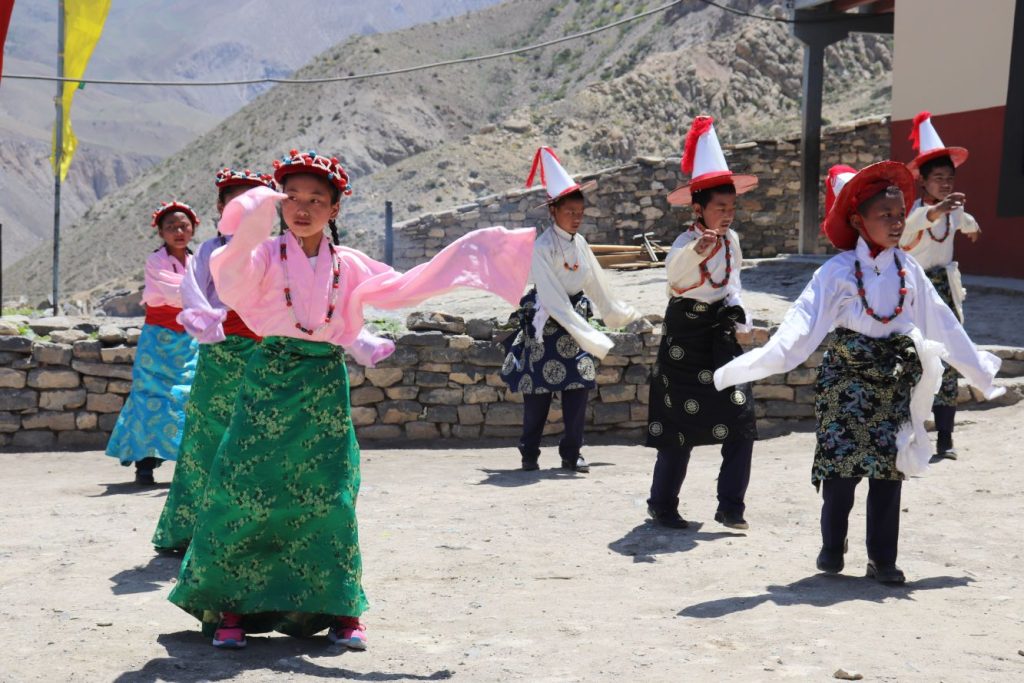
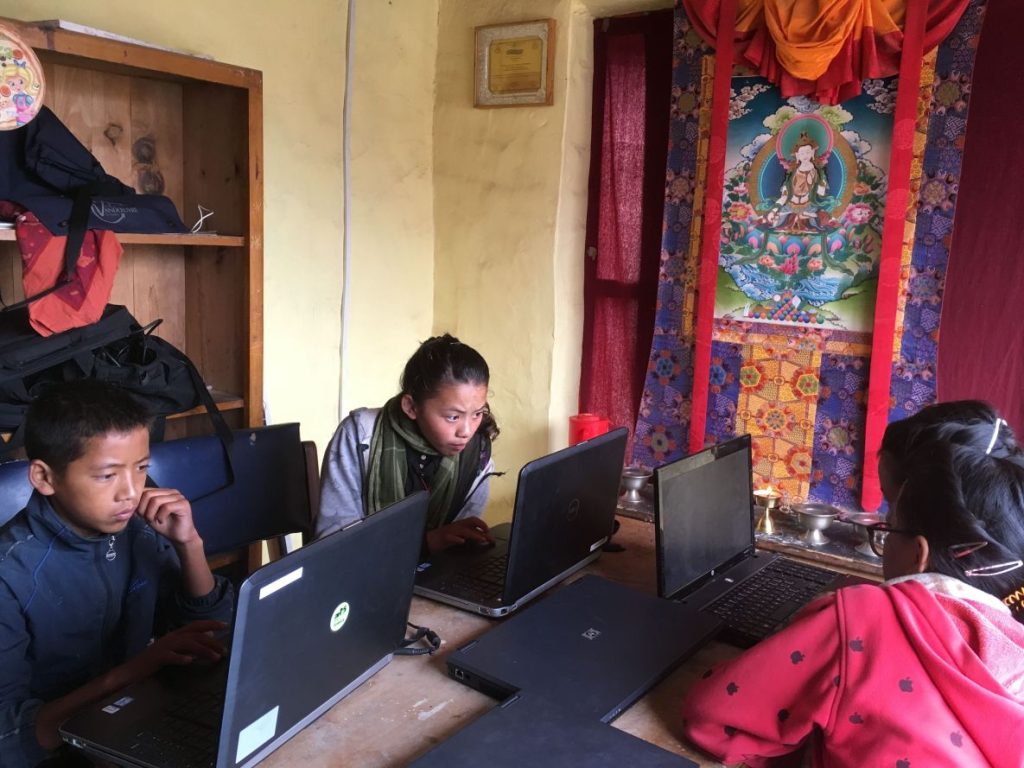



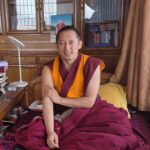




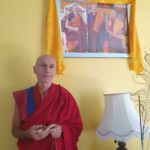




Marcel
May 2, 2022 — 7:11 pm
Great story, Great work
Selina Lim
May 1, 2022 — 3:32 am
Thank you, Amrei, for sharing your experiences. Am deeply grateful ☺️🙏❤️🌅